opening hours
Monday closed
Tuesday to Sunday 11 am – 7 pm
Monday 8 December 11 am > 7 pm
Wednesday 24 December 11 am > 4:30 pm
Thursday 25 December closed
Wednesday 31 December 11 am > 4:30 pm
Thursday 1 January 11 am > 7 pm
Monday 5 January 11 am > 7 pm
Tusday 6 January 11 am > 7 pm
- full price € 15 at the box office - € 14 online
- reduced price € 12 at the box office - € 11 online
– for young people aged between 18 and 25 (not yet turned 25);
– for groups of 15 people or more;
– La Galleria Nazionale, Museo Ebraico di Roma ticket holders;
– upon presentation of ID card or badge: Accademia Costume & Moda, Accademia Fotografica, Biblioteche di Roma, Centro Sperimentale di Cinematografia, Enel (for badge holder and accompanying person), FAI Fondo Ambiente Italiano, Feltrinelli, Gruppo FS, IN/ARCH Istituto Nazionale di Architettura, Sapienza Università di Roma, LAZIOcrea, Palazzo delle Esposizioni, Amici di Palazzo Strozzi, Accademia Nazionale di Santa Cecilia, Scuola Internazionale di Comics, Teatro Olimpico, Teatro dell’Opera di Roma, Teatro di Roma, Università degli Studi di Roma Tor Vergata, Youthcard; - open € 18
valid for one year from the date of purchase
- free
– minors under 18 years of age;
– myMAXXI cardholders;
– on your birthday presenting an identity document;
– upon presentation of EU Disability Card holders and or accompanying letter from hosting association/institution for: people with disabilities and accompanying person, people on the autistic spectrum and accompanying person, deaf people, people with cognitive disabilities and complex communication needs and their caregivers, people with serious illnesses and their caregivers, guests of first aid and anti-violence centres and accompanying operators, residents of therapeutic communities and accompanying operators;
– MiC employees;
– journalists who can prove their business activity;
– European Union tour guides and tour guides, licensed (ref. Circular n.20/2016 DG-Museums);
– 1 teacher for every 10 students;
– AMACI members;
– CIMAM International Committee for Museums and Collections of Modern Art members;
– ICOM members;
– from Tuesday to Friday (excluding holidays) European Union students and university researchers in art history and architecture, public fine arts academies (AFAM registered) students and Temple University Rome Campus students;
– IED Istituto Europeo di Design professors, NABA Nuova Accademia di Belle Arti professors, RUFA Rome University of Fine Arts professors;
– upon presentation of ID card or badge: Collezione Peggy Guggenheim a Venezia, Castello di Rivoli Museo d’Arte Contemporanea, Sotheby’s Preferred, MEP – Maison Européenne de la Photographie;
Robert Wilson. Mother
- ticket € 5
limited seating; it is mandatory to arrive at the infopoint 15 minutes before the start time indicated on the ticket; the experience lasts approximately 45 minutes
- Mother + Museum ticket € 17
limited seating; it is mandatory to arrive at the infopoint 15 minutes before the start time indicated on the ticket; the experience lasts approximately 45 minutes
Collection
MAXXI’s Collection of Art and Architecture represents the founding element of the museum and defines its identity. Since October 2015, it has been on display with different arrangements of works.
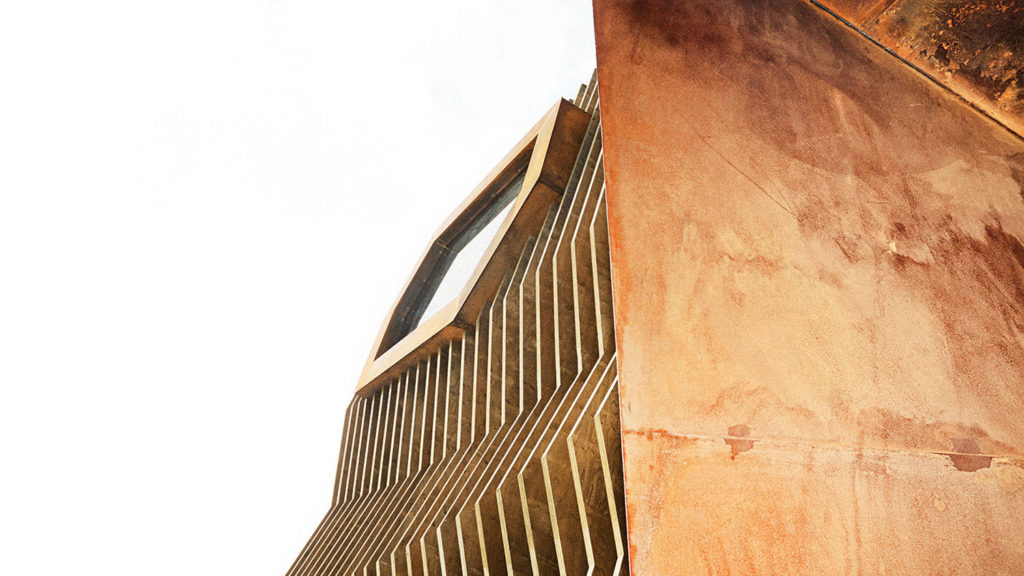
other upcoming events
17 Dec 2025 05.00 pm
MAXXIperTUTTIThe Large Glass: plural visionsfree guided tours
17 Dec 2025 06.00 pm
lectureRicky BurdettIl DNA delle città: leggere Roma nel contesto globale
18 Dec 2025 05.00 pm
MAXXIperTUTTI1+1 sensitactile labs
26 Dec 2025 11.30 am
guided toursThe Large Glass
26 Dec 2025 04.30 pm
MAXXI with the familyMeraviglie in equilibrioCostruire come Pier Luigi Nervi
26 Dec 2025 04.30 pm
guided toursThe Large Glass


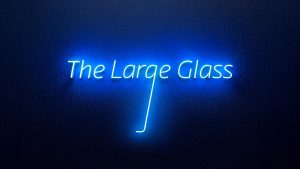
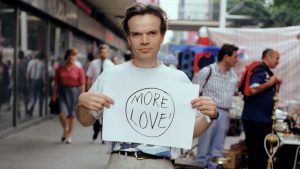
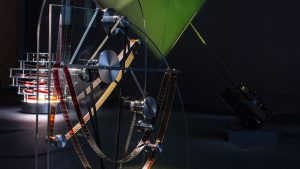

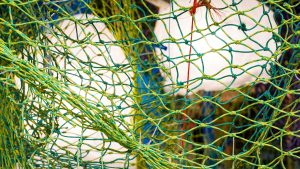
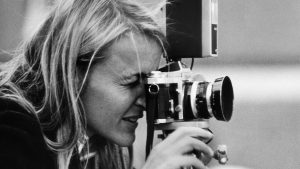

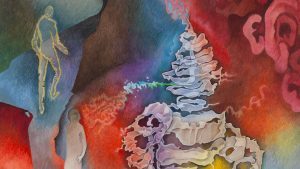
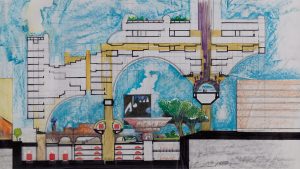
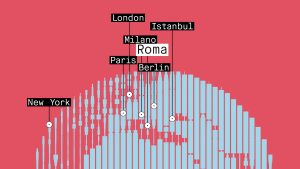

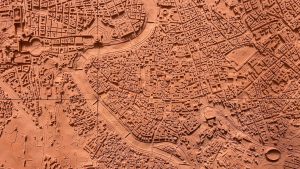

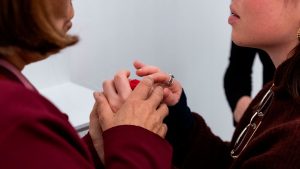
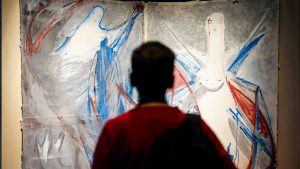
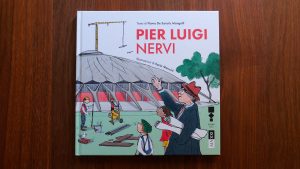
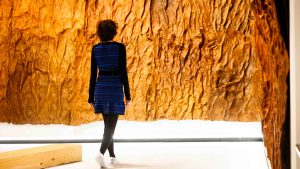
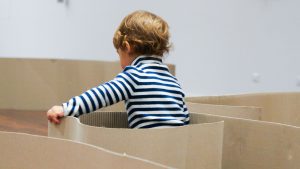
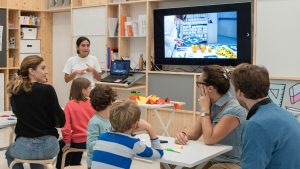
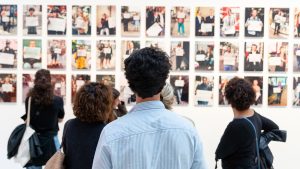
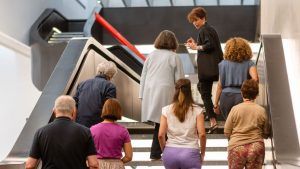
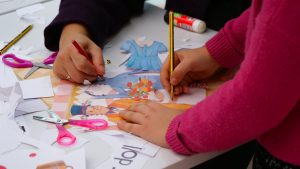

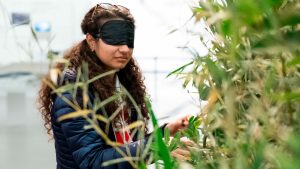
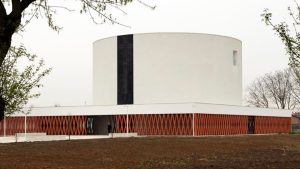
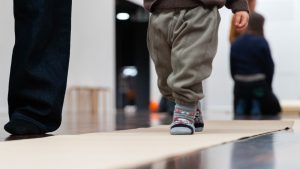
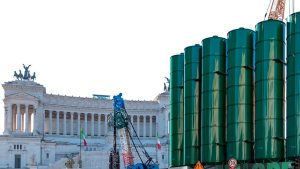
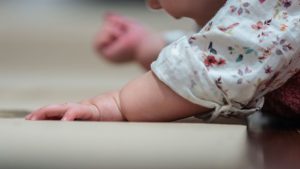
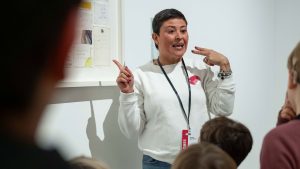
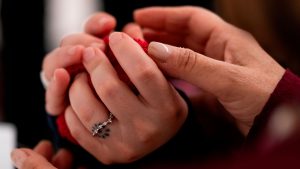


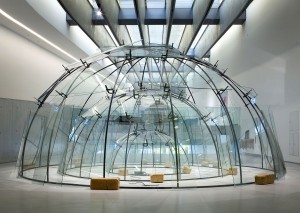
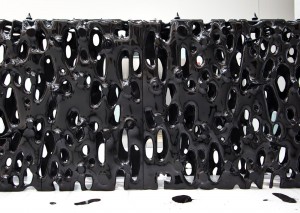
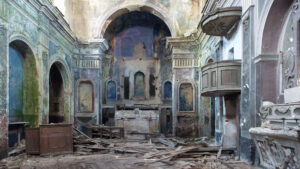

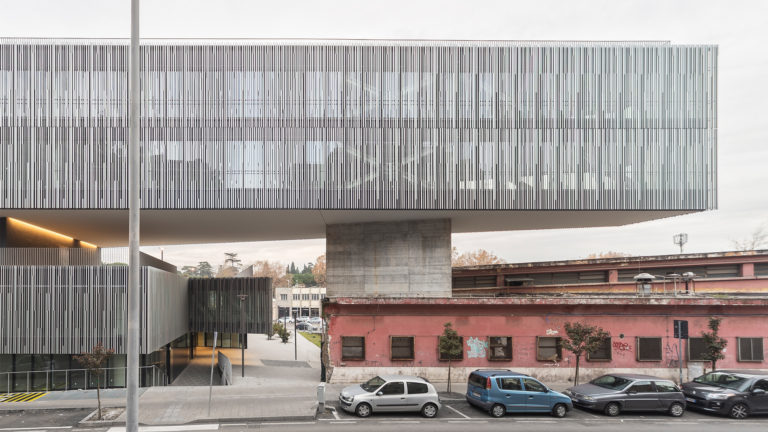
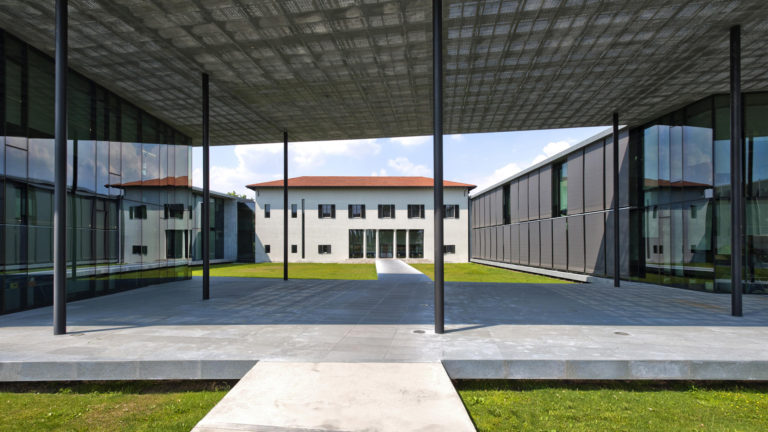
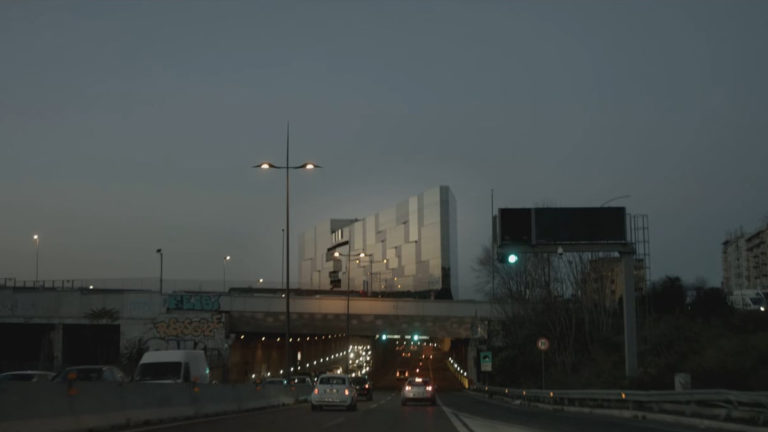
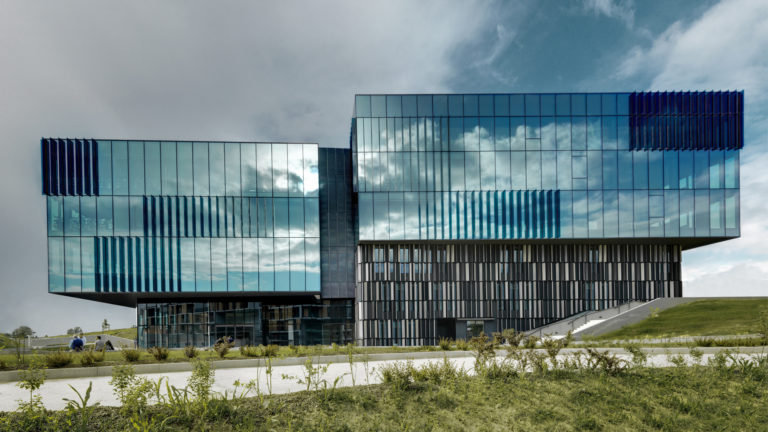




MAXXI Auditorium
admittance €5 – carnet for five seminars €20
ticket purchases entitle the holder to reduced price museum entrance (€8.00) within one week of issue
admittance for myMAXXI cardholders €4 – carnet for five seminars €16
Based on an idea by Lucia Bosso / BasedArchitecture
In collaboration with the Consiglio Nazionale degli Architetti
To what extant can architecture be understood from a photograph? How much do we know about and how much are we unaware of regarding a project based on a photographic image?
During this series we shall be meeting some of the most interesting contemporary Italian practitioners – an architect and a photographer – who have proved capable of creating a building, a significant place for the territory and the community, and to interpret it photographically, amplifying perception of it and its underlying meanings.
Five seminars exploring the symbiotic relationship between architecture, its designer and the photographer who portrays it
In the first seminar the studio MoDusArchitects founded by Sandy Attia and Matteo Scagnol meets the photographer Marco Pietracupa:
Moderator
Anna Iuzzolini Pagina99 photoeditor
Speakers
MoDusArchitects Sandy Attia and Matteo Scagnol
Marco Pietracupa photographer
Margherita Guccione MAXXI Architettura Director
Alessandra Ferrari Department Promozione della Cultura Architettonica CNAPPC
In 2000, Sandy Attia (Cairo, 1974) and Matteo Scagnol (Trieste, 1968) initiated a professional and research project with the founding of MoDusArchitects in Bressanone. The studio has distinguished itself for its heterogeneous approach, interweaving two different cultural backgrounds that contaminate and enrich each new project with new values. The built works belong to various areas of architecture, from infrastructure to exhibition designs and furnishings.
Marco Pietracupa, born in Bressanone (South Tyrol, Italy) in 1967, moved to Milan in the early Nineties to make his passion a profession. After having frequented the Istituto Italiano di Fotografia he began working professionally and published within the ambits of the arts, fashion and portraiture.